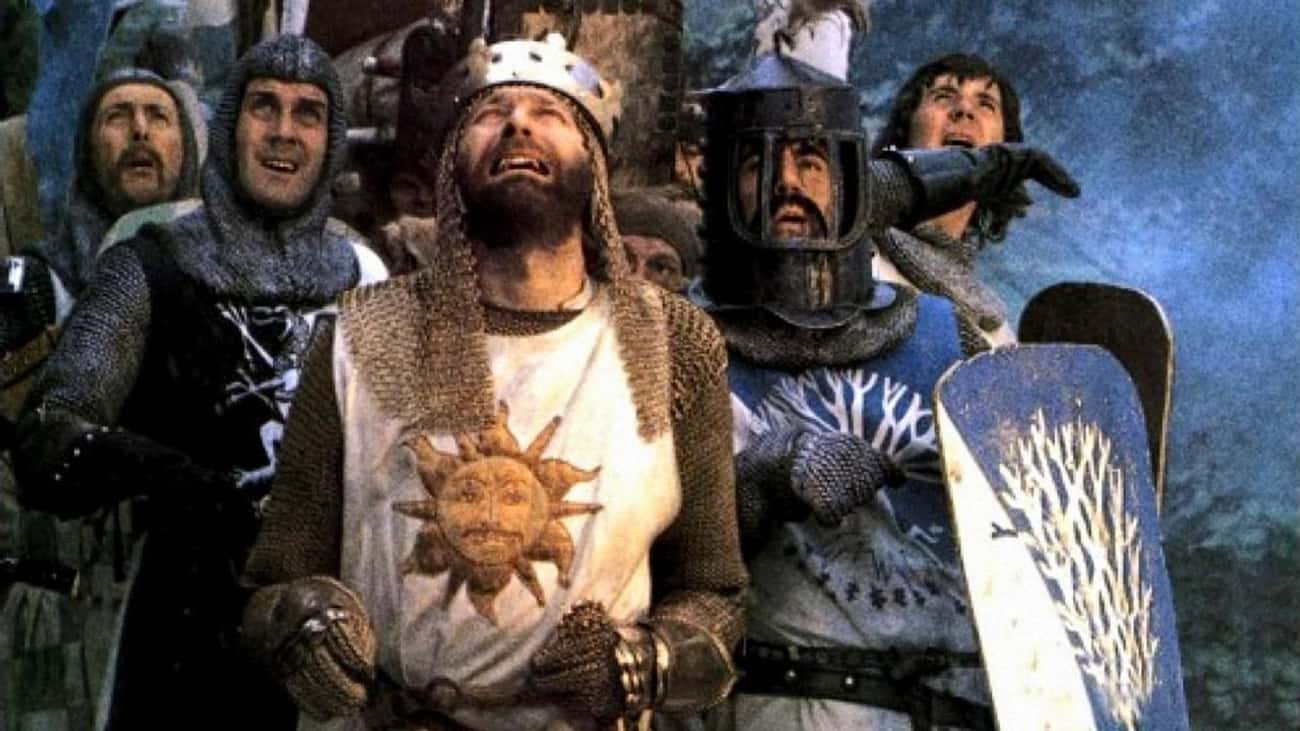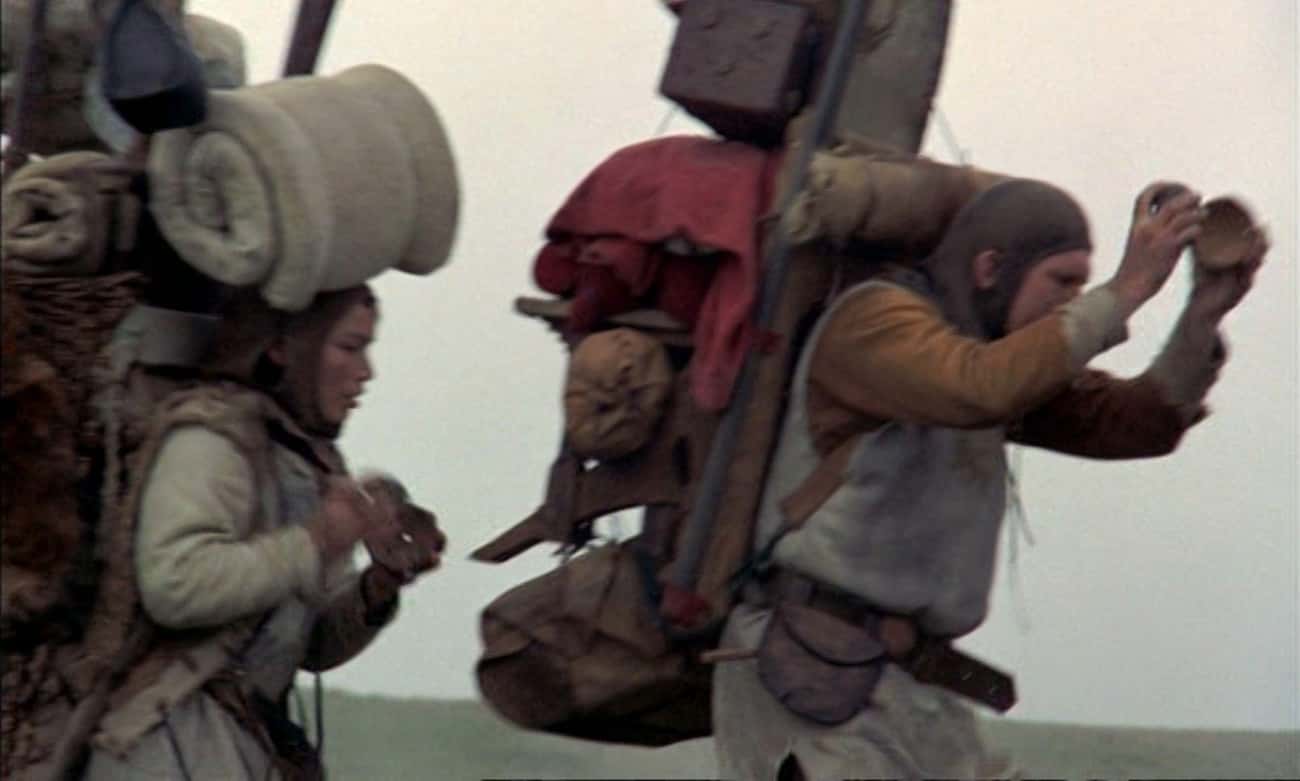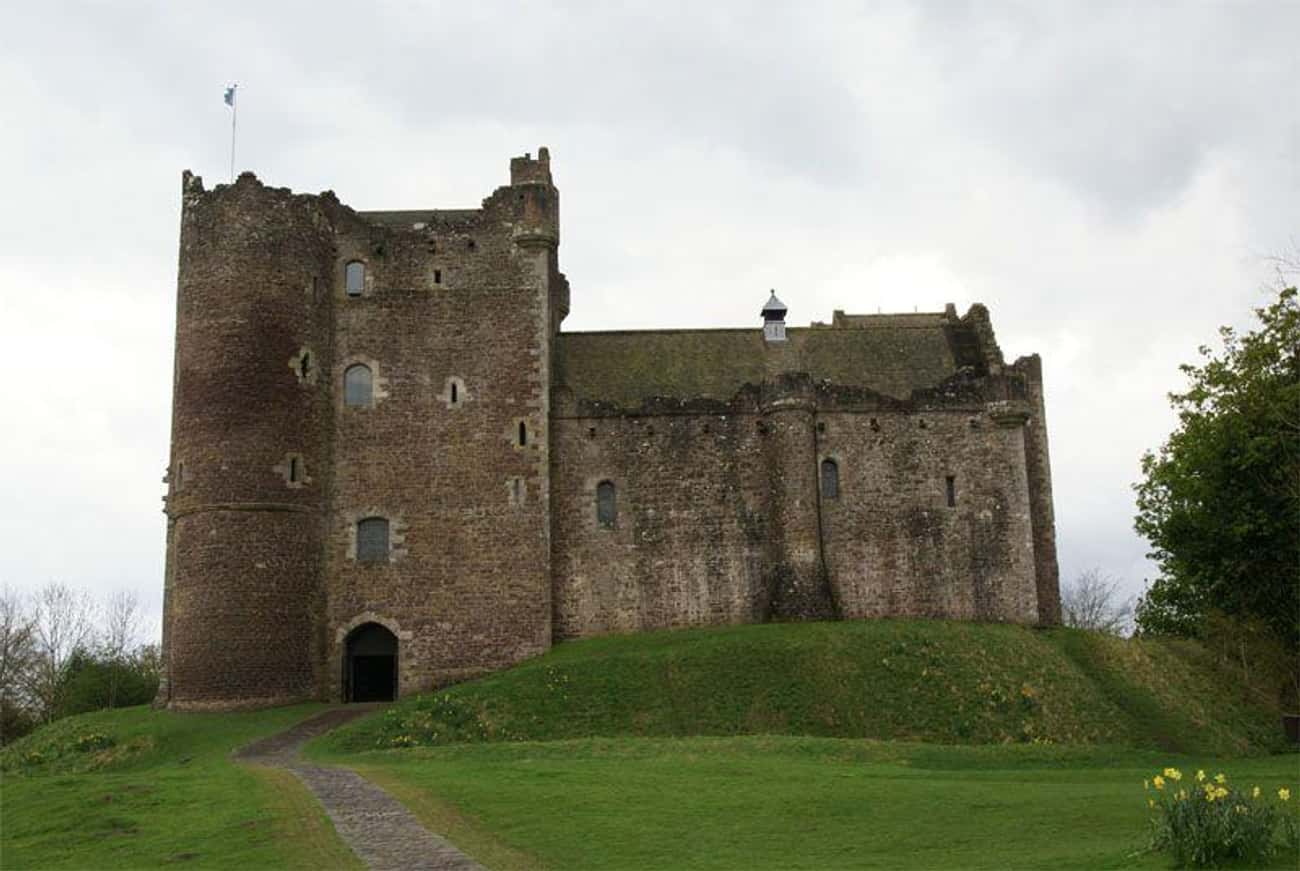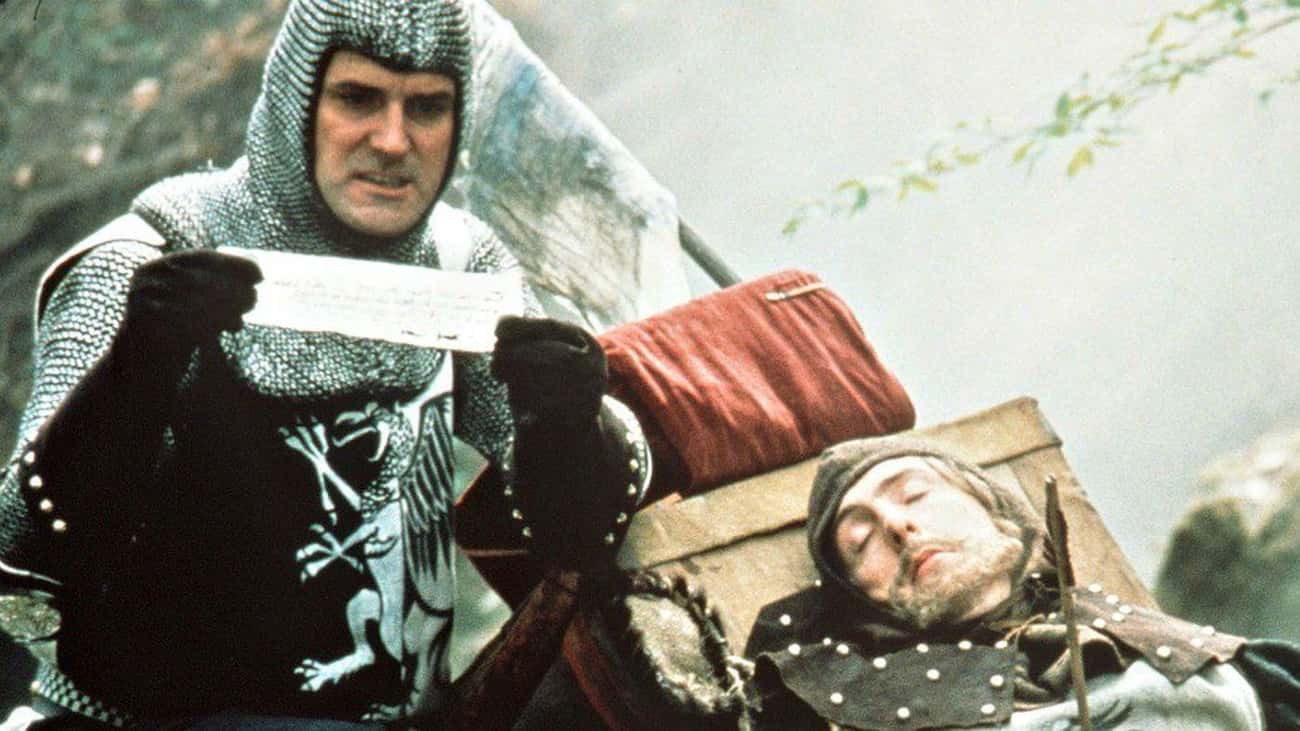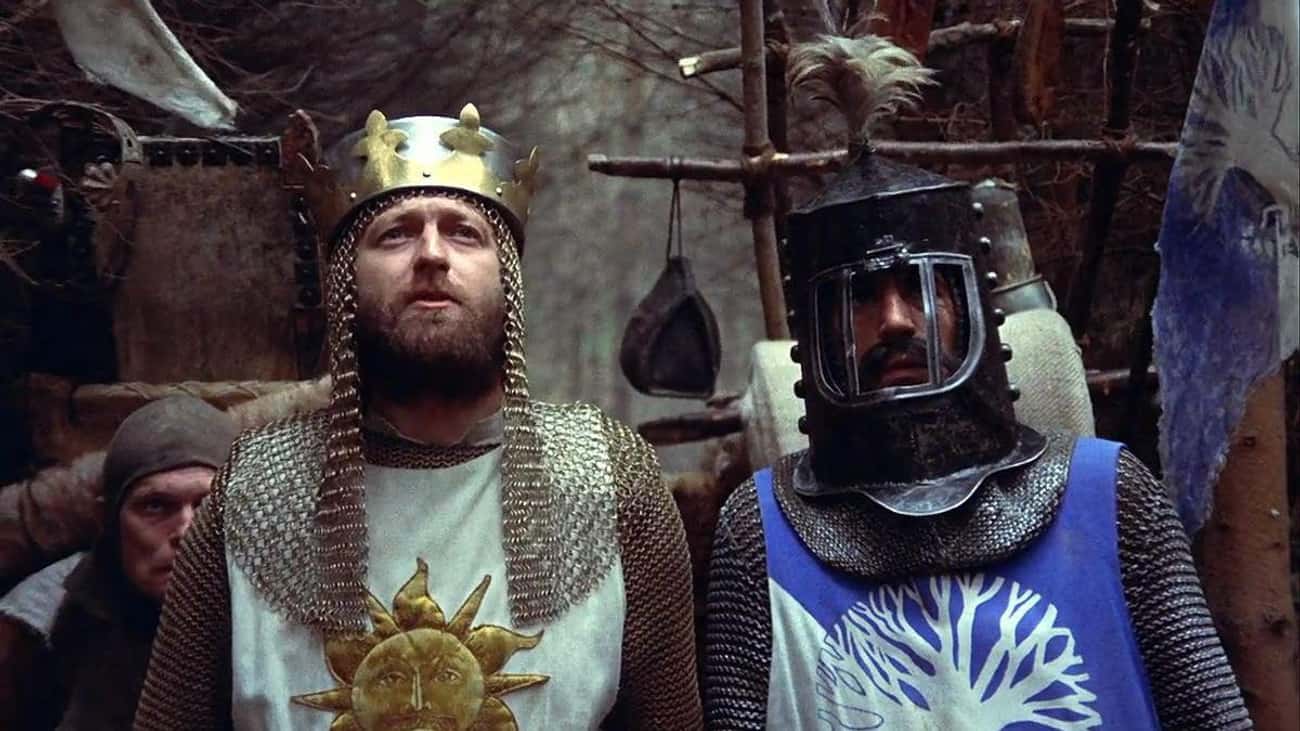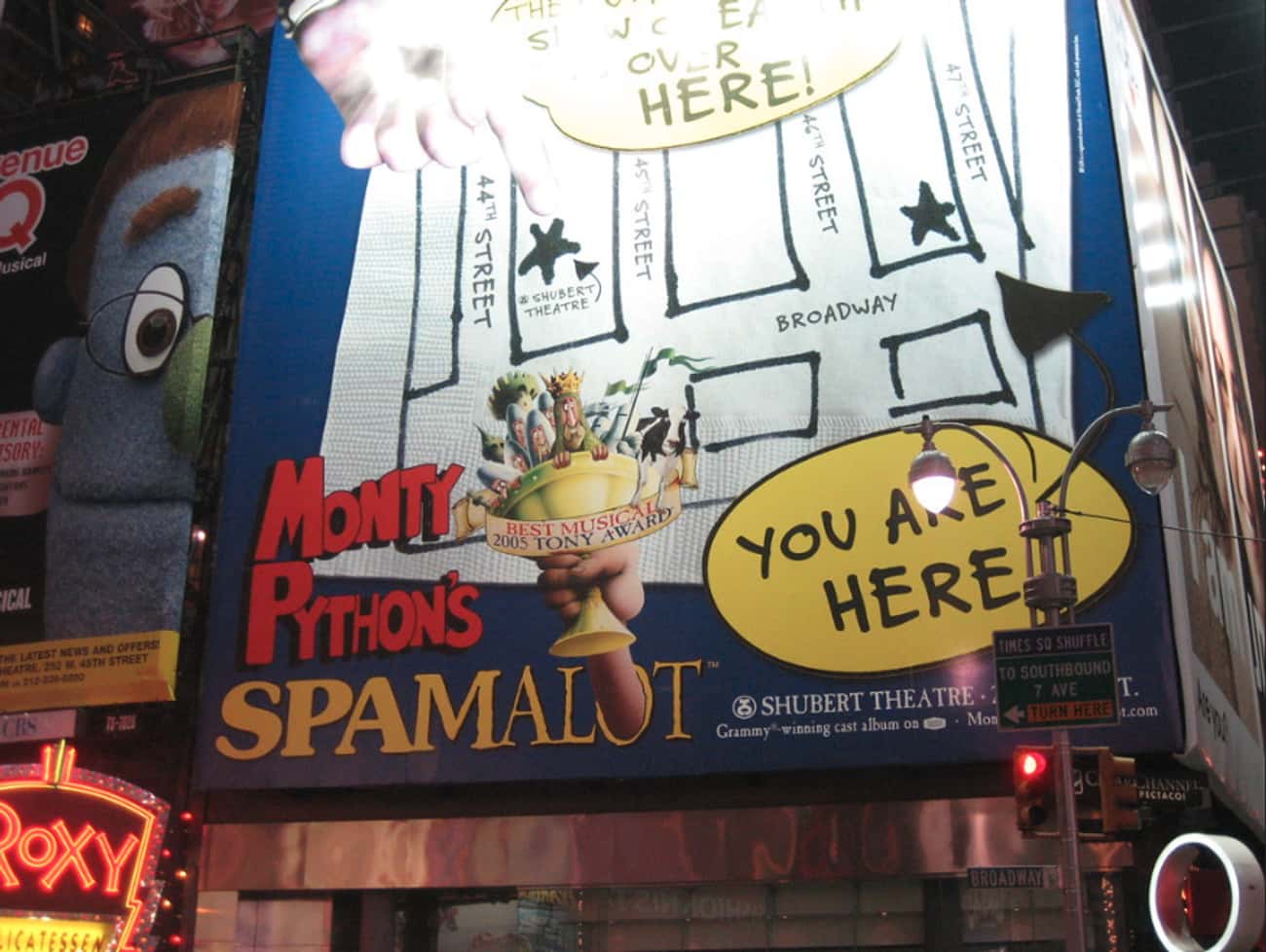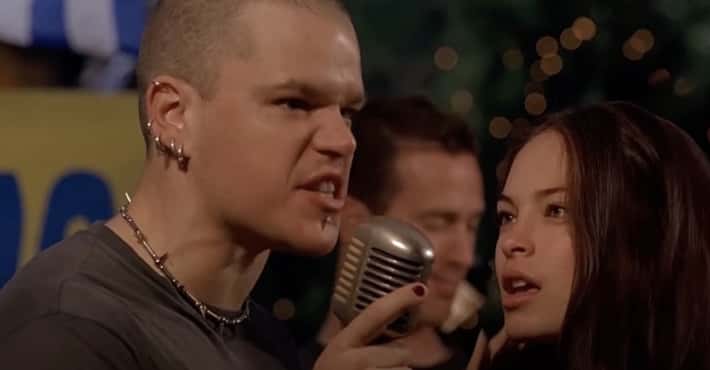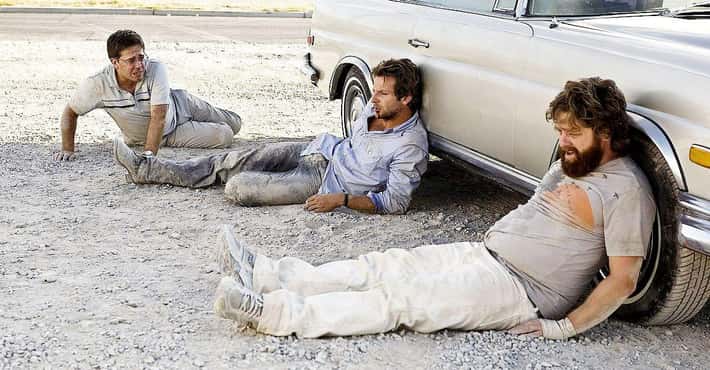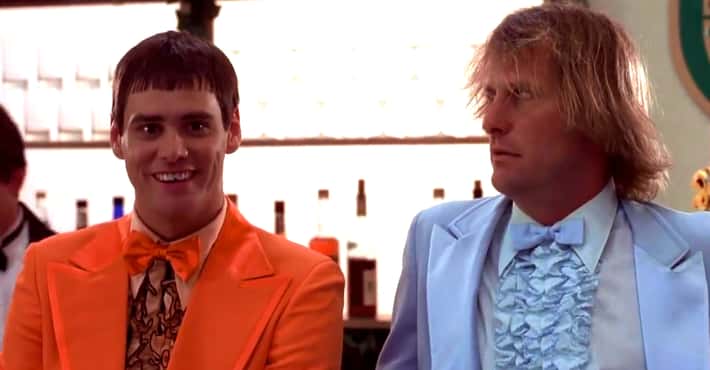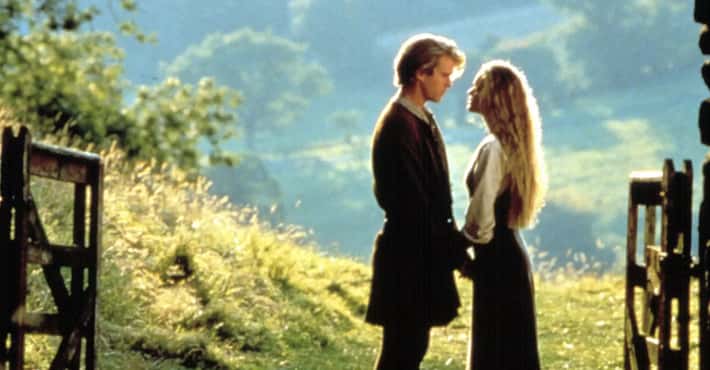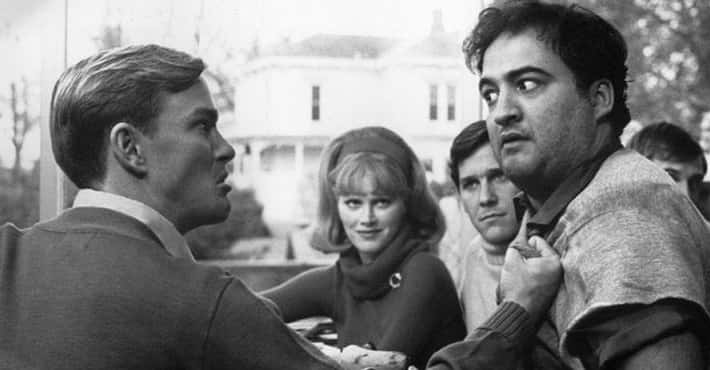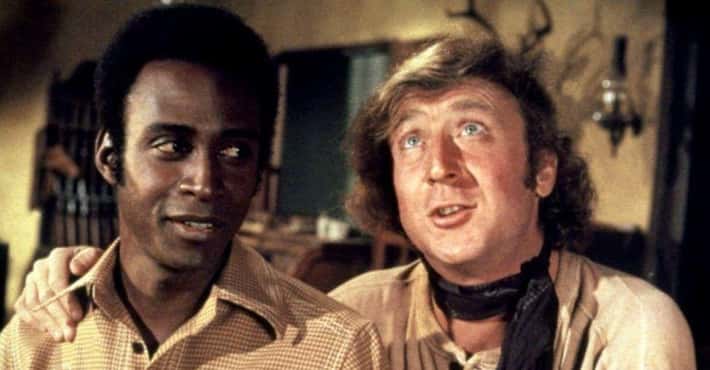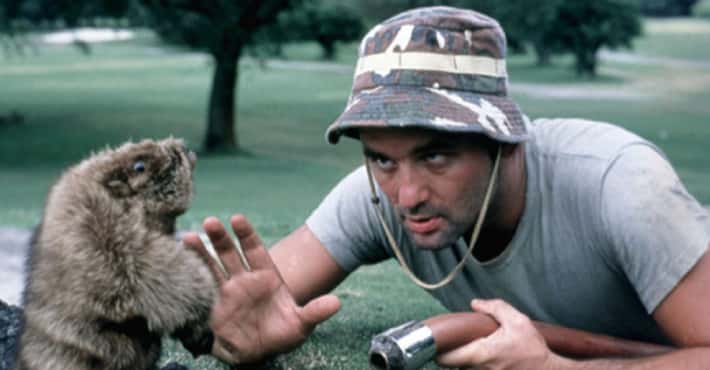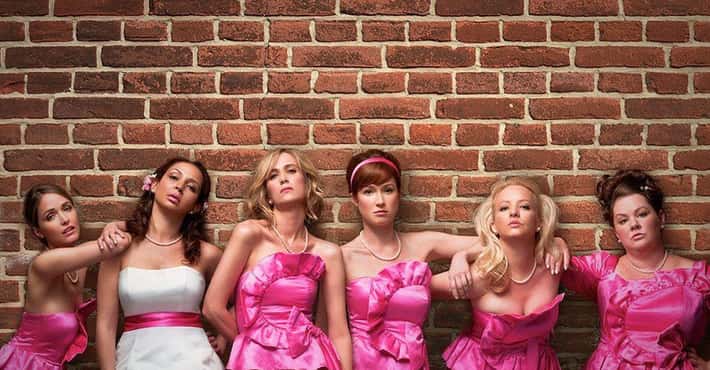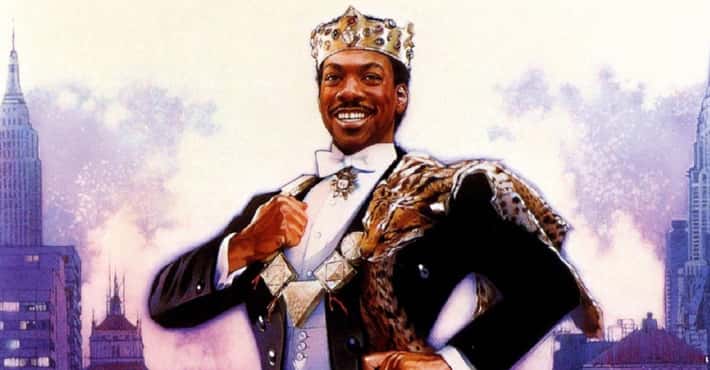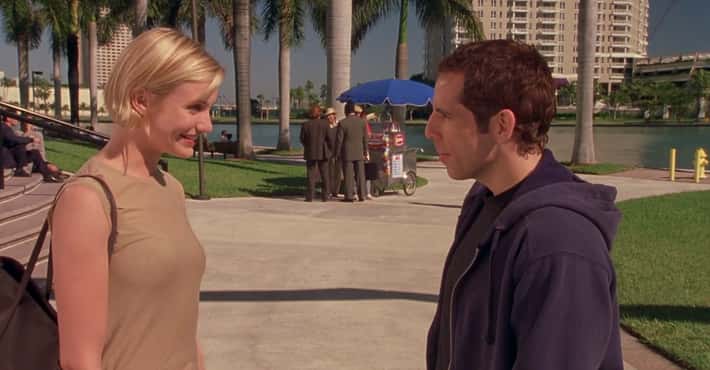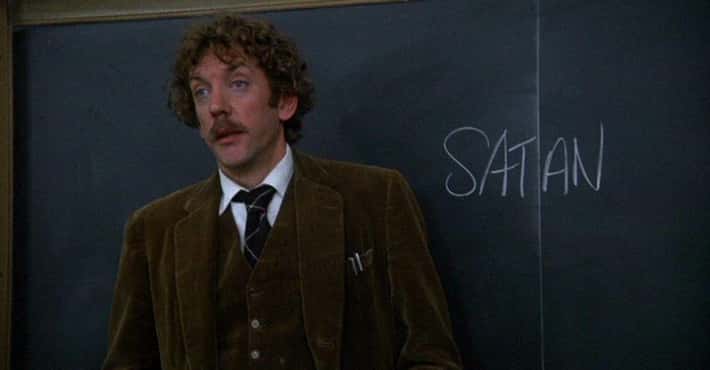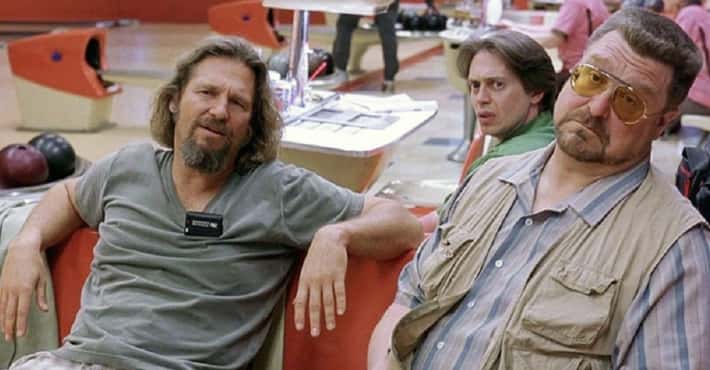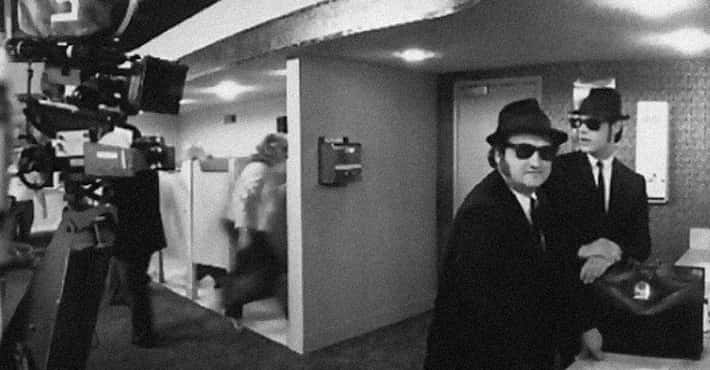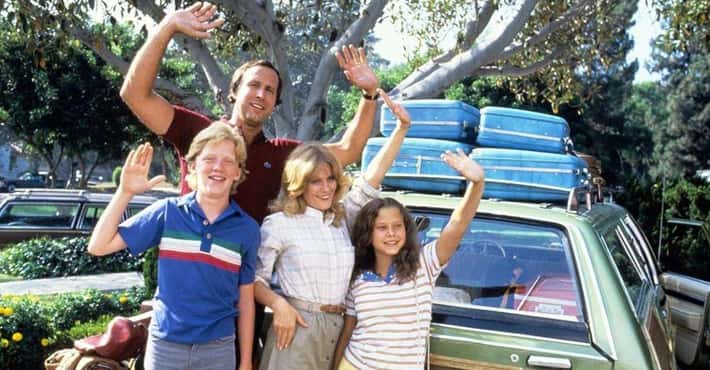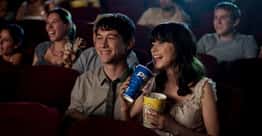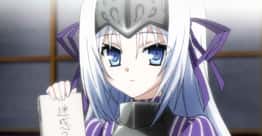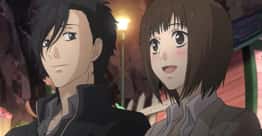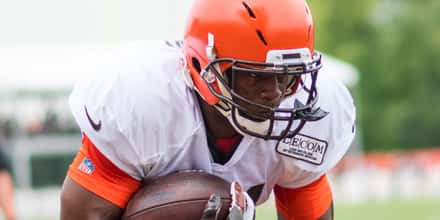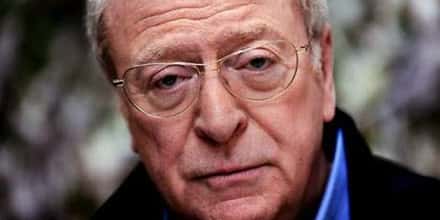'Monty Python and the Holy Grail' Was An On-Set Nightmare That Everyone Hated Filming
Monty Python rose to prominence with their BBC sketch series Monty Python’s Flying Circus, but it was their second feature film, Monty Python and the Holy Grail, that cemented their reputation as comedy pioneers.
A parody of Arthurian legend, Holy Grail is still considered a classic more than 40 years after its release. Though it went on to become a massive success, the film was made on a shoestring budget, and the experience of making it was notoriously grueling.
- Photo: Cinema 5
'It Was A Miserable Experience… By 9 O’Clock You Were Cold And Wet'
Monty Python and the Holy Grail was filmed on location in rural Scotland at and around a 14th-century castle in Doune. But they just so happened to shoot the movie outdoors during a particularly rainy period in April. The film’s tiny budget meant that their fake armor had to be made of wool, which quickly became wet and uncomfortable to wear.
In 2015, the Pythons reunited at the Tribeca Film Festival for a screening to celebrate the 40th anniversary of Holy Grail. John Cleese explained the challenges of shooting such a low-budget film in those conditions:
It was a miserable experience! You got up in the morning, you got up on the hillside, it started to rain immediately because it was April and it was Scotland. And the rain came down, we had so little money there were four umbrellas on the whole set, and this nasty chain-mail which was knitted string would start getting damp, by 9 o’clock you were cold and wet. And then at 6 o’clock when the first assistant said, "Wrap," there was this rush for the cars, because there was only enough hot water for 40% of the people at the hotel, so there was this scramble to get back. It was a miserable, miserable time!
But Monty Python co-founder Eric Idle acknowledges that the struggle was worth the result in his appropriately titled book, Always Look on the Bright Side of Life.
"Sometimes when you're making good work, you don't have enough money. It's uncomfortable and difficult and muddy, like The Holy Grail," Idle said. "It will turn out to be very good in the end because we didn't have enough, so you're inventing all the time."
- Photo: Jim Summaria / Wikimedia Commons / CC BY-SA 3.0
The Film Was Shot In Two Weeks With A Total Budget Of $400,000, Raised Largely By Rock Bands
Although it went on to gross over $5 million at the box office, Monty Python and the Holy Grail was made on a budget of only $400,000. The film was financed in large part by investments from about 10 different rock bands, including Led Zeppelin, Pink Floyd, and Jethro Tull. According to Idle, each group contributed about 10,000 British pounds to the project.
"I mean it was Led Zeppelin, Pink Floyd, Genesis, Jethro Tull - they all pitched in money so we could make the film," Idle said.
But the upside to the unusual method of financing meant that the comedy group didn’t have studio executives breathing down their necks.
"The good news about them was that they didn't want the money back," Idle added. "They don't care and they don't interfere. They don't say 'Oh no, there should be a scene over here with someone with another head.' They are the best backers."
- Photo: Cinema 5
The Painfully Low Budget Ended Up Creating One Of The Film’s Best Gags
One of the silliest recurring jokes in the film is that King Arthur travels around on a make-believe horse. He is followed by his squire, Patsy, who clicks coconut shells together to mimic the sound of a real horse. But this wasn’t written into the original script. Instead, it was improvised when the production found it couldn’t afford real horses.
An amusing sight gag in its own right, the coconut schtick also inspired the scene in which King Arthur is forced to explain to a skeptical castle guard how he got a coconut in the first place.
“If we’d had the money we would have had real horses [but] we had to get clever and thank God, because the coconuts saved [us],” Terry Gilliam recalled. “It’s one of those things that’s, in retrospect, brilliant.”
As Cleese told Seth Meyers in 2018, “Necessity is the mother of invention and sometimes you don’t have much and you have to improvise. That’s sometimes when the very best ideas come through.”
The Camera Broke On The Very First Shot On The First Day
Pythons Gilliam and Terry Jones directed the film together, but there was trouble from the outset.
“On the very first shot the camera breaks,” Gilliam recalled. “On my very first directorial shot! So what do we do? We do all the wrong things.”
While they were able to get a replacement camera, they had to shoot without sound that day. Without much experience directing feature films, Gilliam and Jones were left with no choice but to roll with the punches and improvise. While the process may have been clumsy and messy, the directing team got the job done.
- Photo: Otter / Wikimedia Commons / CC BY-SA 3.0
They Shot All The Castle Interiors At Doune Castle In Scotland; Other Castles Wouldn’t Allow Comedy To Be Filmed There
During pre-production, a number of different castles were selected as shooting locations. But just a week before filming was set to commence, the Department of the Environment in Scotland denied the production access to the castles. According to their reported reasoning, Monty Python was “doing things that were not consistent with the dignity of the fabric of the building.”
As a result, they had to shoot all the different interior castle scenes at Doune Castle, and a later exterior at the privately owned Castle Stalker.
Gilliam pointed out the hypocrisy of the decision.
“These places had been built for torturing and killing people and you couldn’t do a bit of comedy? It was ridiculous,” he said.
Despite the limitations, Doune Castle in particular ended up being a perfect shooting location because it hadn’t been modernized and could be shot a number of different ways. Thanks to the enduring popularity of the film, Doune Castle is now a tourist destination.
Only About 10-15% Of The Original Script Made It To Film
“We went away and wrote this and came back and put it together into a first draft,” Cleese recalled while shooting the film. “Not more than 10-15% still remains.”
He explained how in the original draft, half of the story was set in medieval times and half was set in modern times. But four to five rewrites later, the group decided to make the vast majority of the film medieval.
“It was a very slow process because we never knew where we were going until we were nearly there,” Cleese said.
For example, Gilliam’s character Patsy was originally Sir Gawain, and was intended to be a much more prominent character who frequently broke the fourth wall. This element of the story was reduced and simplified by the time principal photography commenced.
- Photo: Cinema 5
Because Everyone Played Multiple Characters, Filming Each Scene Was A Complicated Puzzle
Even though the script went through intensive rewrites, it was important to stick to the script once production had begun because the actors were playing multiple roles.
“We usually do stick fairly closely to the script,” Jones explained. “They’re usually pretty carefully worked out because they’re so involved usually. You have to work everything out in advance.”
“In almost every shot, everybody’s playing about two characters. So people are always having backs to cameras and things like that trying to hide,” Gilliam said. “It’s gotten weird. There were a couple of days where we actually couldn’t keep track of who’s who.”
Directors Gilliam And Jones Were Meticulous About The Look Of The Film, Which Irked The Other Pythons
Gilliam and Jones took a severely perfectionistic approach to shooting Holy Grail that didn’t sit well with the other Pythons. Cleese complained that Gilliam was treating the cast more like pieces of paper in an animation than as human beings.
Meanwhile, Michael Palin had to crawl through “filthy, stinking, pig-sh*tty mud” and was then asked to do an eighth take because he was visible in the shot.
“What? You can see my back? What have you been doing all this time?” Palin yelled. “And I went absolutely ape and threw myself in the air, landed in the mud and just wiggled my legs around, screamed and yelled for about five seconds. There was absolute silence and then John and Graham just led this spontaneous applause.”
But Gilliam argues that getting the visuals just right was crucial to making the comedy work.
“Anything that seemed to slow down the performance, or that John felt was taking too much time to set up, he hated because he’s quite serious about performance,” Gilliam told Vulture. “But I think if you get the makeup, the costumes, the sets, the atmosphere right, the jokes are going to be funnier."
- Photo: Cinema 5
To Save Money, The Production Hired Local College Students To Play Extras In The Climactic Scene
For much of the film, various members of the crew filled in as extras in different scenes as a way to keep costs down. But for the climax, the production reached out to the nearby University of Stirling to hire 175 college kids to play the large army.
The gig paid £2 and included free transportation, food, and refreshments. What those college kids didn’t know was that they were also getting the opportunity to be included in a future comedy classic.
- Photo: Cinema 5
Graham Chapman Struggled With Drinking Throughout The Filming
While he was playing King Arthur, Graham Chapman’s drinking began to get in the way of his performance and the production.
“Graham was a drunken sot! This great, dignified character is actually blotto and he’s struggling to get through his lines,” Gilliam said.
But because the Pythons tended to focus on the work rather than building close friendships, Graham’s habit came as a surprise to many of the group members.
“We were filming the Bridge of Death sequence... but Graham just wouldn’t go near the edge and was shaking from head to foot, he was in a terrible state,” Jones said. “I couldn’t understand it... It was only later that I realized he was getting the shakes; he’d taken himself off alcohol in order to play King Arthur and that was when I first realized this about him.”
Chapman recalled the sobering moment, adding, “I was playing King Arthur in a cold drizzle, and I realized I was letting my friends down, and letting myself down.”
Early Test Screenings of ‘Holy Grail’ Generated An Overwhelmingly Negative Response
Although the movie would go on to become a beloved comedy classic, the initial test screenings of Holy Grail were met with a very poor response.
“The first showing of Holy Grail was a total disaster,” Jones recalled.
“People hated it,” Gilliam added. “There were walk-outs.”
But the group continued to re-edit the film until they got the result they were looking for, albeit after 13 different test screenings.
“We dragged it towards being funny,” Idle said.
- Photo: Mario Valencia / Flickr / CC BY-SA 2.0
Against All Odds, ‘Holy Grail’ Was A Big Hit That Only Got More Popular With Time
Made on a miniscule budget of $400,000, Monty Python and the Holy Grail went on to gross over $5 million. That was success enough, but the cultural impact of the film only grew over time. In 2011, ABC News and People magazine conducted a poll of the all-time best comedy films, and Holy Grail placed second.
Then in 2005, Idle adapted the film as a Broadway musical titled Spamalot, which would go on to garner 14 Tony Award nominations and gross over $175 million. The anticipation for Spamalot was so intense that it generated $18 million in advance ticket sales.


